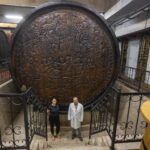The baptising of young wine is an important Croatian tradition to celebrate St. Martin’s Day. TCN took a trip to the major continental wine town of Kutjevo on November 11, 2016, to find out more.
The secrets of continental Croatia keep on revealing themselves.
I had no idea exactly where Kutjevo was when I received an invitation from Kutjevo dd to come on a press trip to celebrate the feast of St Martin, the important annual ritual across mostly northern Croatia to baptise the young wine of the vintage just passed, but I was keen to explore, knowing that it was one of the most important wine regions in the country, and the homeland of its most planted grape variety – Grasevina.
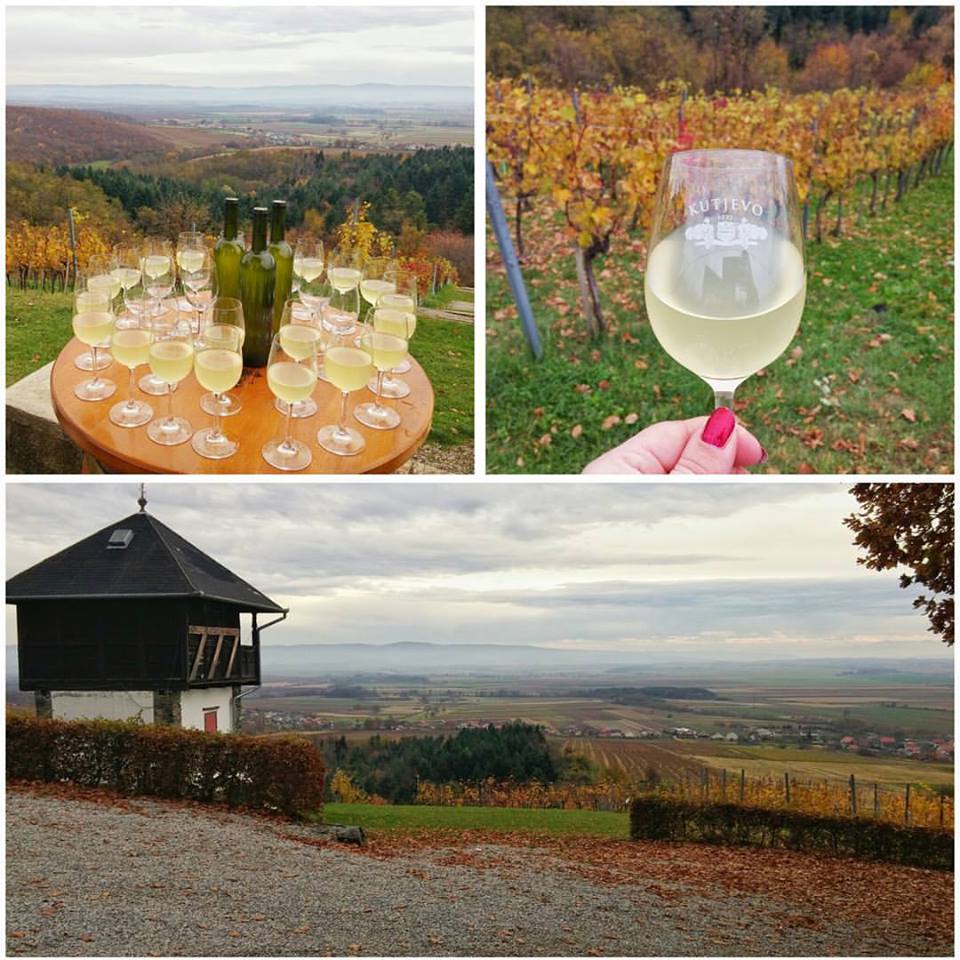
As we recently reported in an article on the changing nature of Croatian vineyards, there has been a significant increase in the planting of Grasevina vineyards in recent years, and the grape variety now accounts for more than 24% of all grapes planted in Croatia. Not only that, but Kutjevo – whose main variety is Grasevina, apparently exports more than half of all Croatian wine, with a million litres of Grasevina going to Bosnia and Herzegovina from Kutjevo alone. And yet, according to a local wine expert in Kujevo, had it not been for the devastating effects of phylloxera in the 19th century, after which Grasevina was imported from Austria, Grasevina might not have come to Croatia at all.
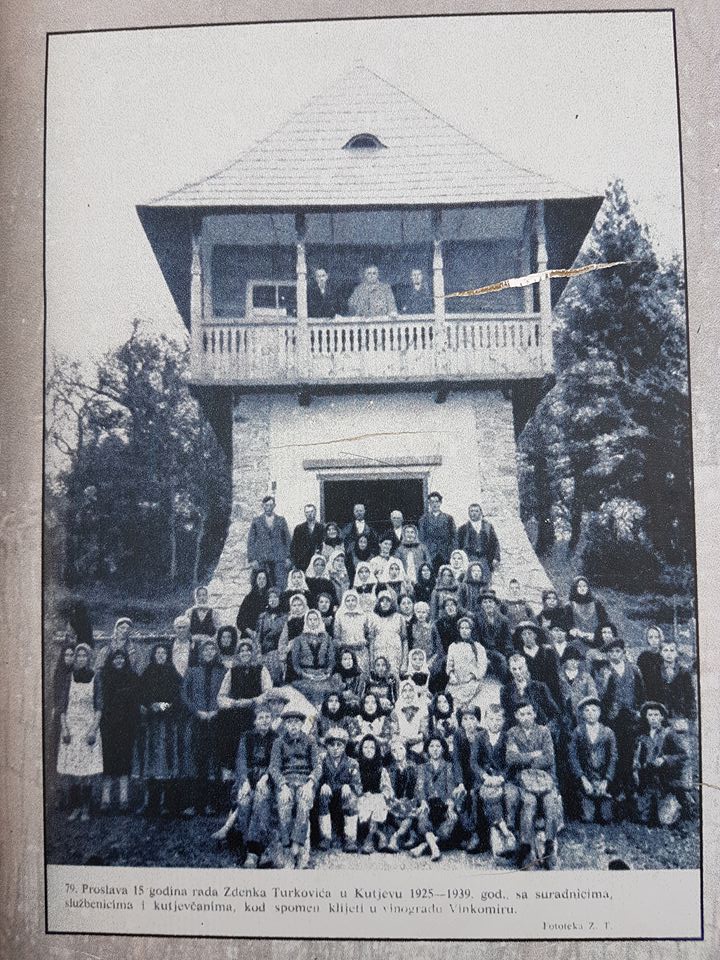
A tour of Kutjevo has an obvious starting point – Vinkomir hill, overlooking the town, vineyards and expansive Slavonian plains. Known for centuries as one of the best wine-growing areas in the region. One of the most successful owners of the Kutjevo estate, Zdenko Turkovic built the Vinkomir memorial lodge in 1939 to celebrate 15 years of governing the estate. Designed as a copy of a Turkish observation point, today it offers wonderful views and is the perfect vantage point from which to sample the young 2016 Grasevina, as per the St. Martin tradition.
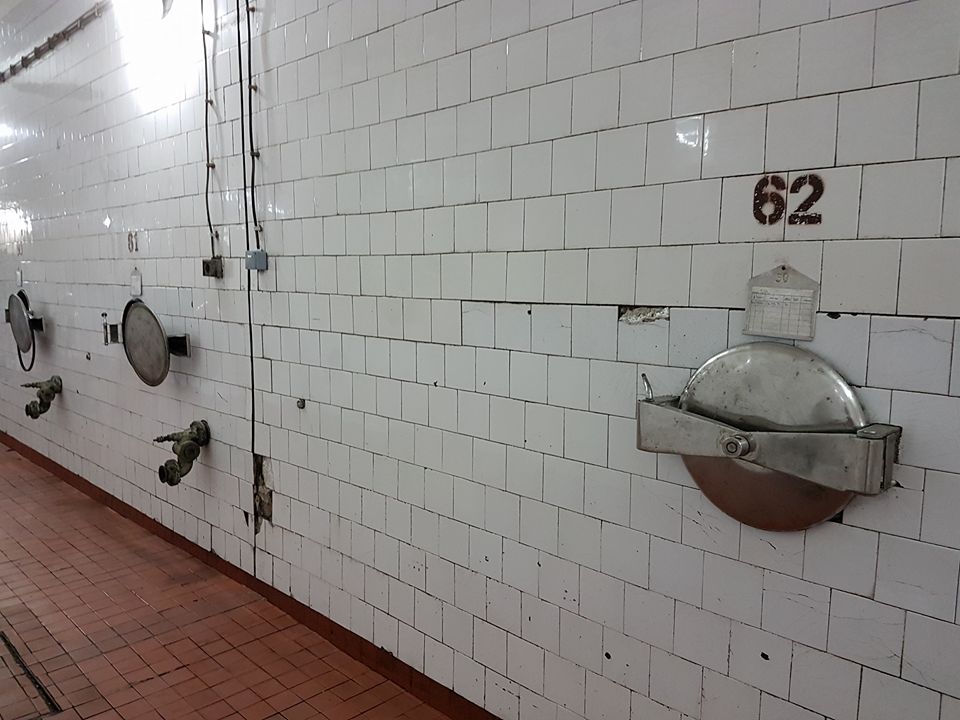
Although there are several winemakers in Kutjevo and around (including Krauthaker and Adzic), for sheer size and tradition, the region is dominated by the production of Kutjevo dd, whose impressive winery and cellars are located behind the magnificent Kutjevo palace, where an impressive 6 millions litres of wine are produced annually. Just how much Grasevina goodness was hidden in the tanks behind these walls entering the Kutjevo cellars?
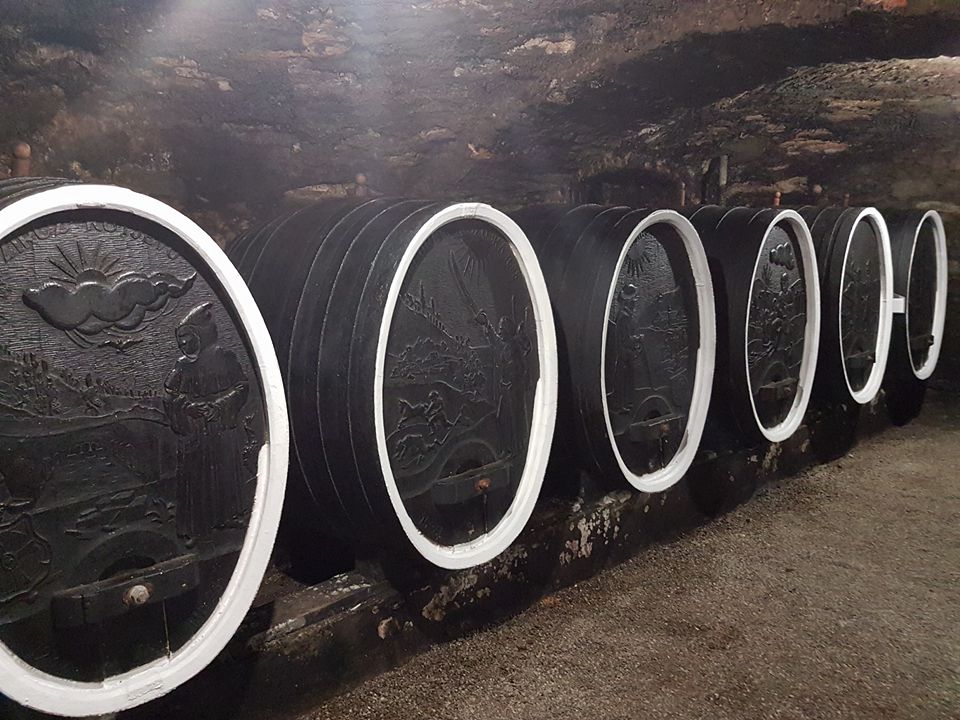
The Kutjevo cellars, among the most memorable I have encountered thus far in Croatia, and one full of surprises. For such a large winery, I was expecting to find the emphasis on mass production, with few personalised touches. In fact, it was quite the opposite. The winery has a long tradition of international awards, paying testament to the quality of the production (and the taste of the outstanding late harvest 2006 Grasevina is still with me two days later), but there were a number of details at every corner, which added to the charm and Kutjevo story, including these six barrels which were located at the end of the cellars, cellars which have been in continuous use for almost 800 years – and claimed as the oldest cellars in continuous use in all Croatia.
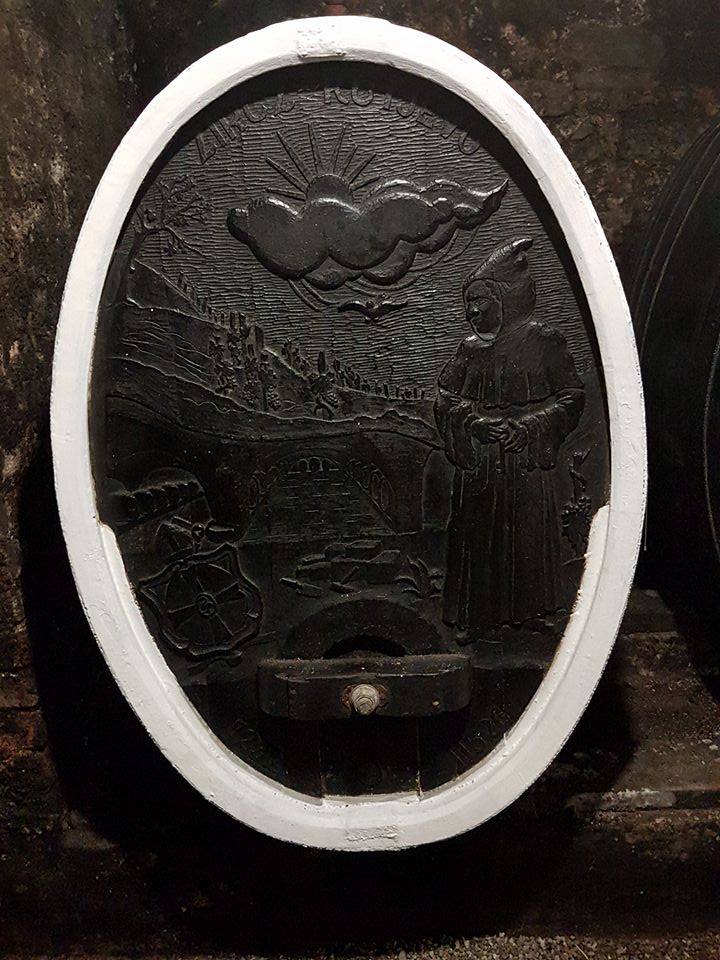
For these six barrels tell the story of Kutjevo over the centuries, in six major parts, starting with the arrival of the monks in 1232 who starting the Kutjevo wine story.
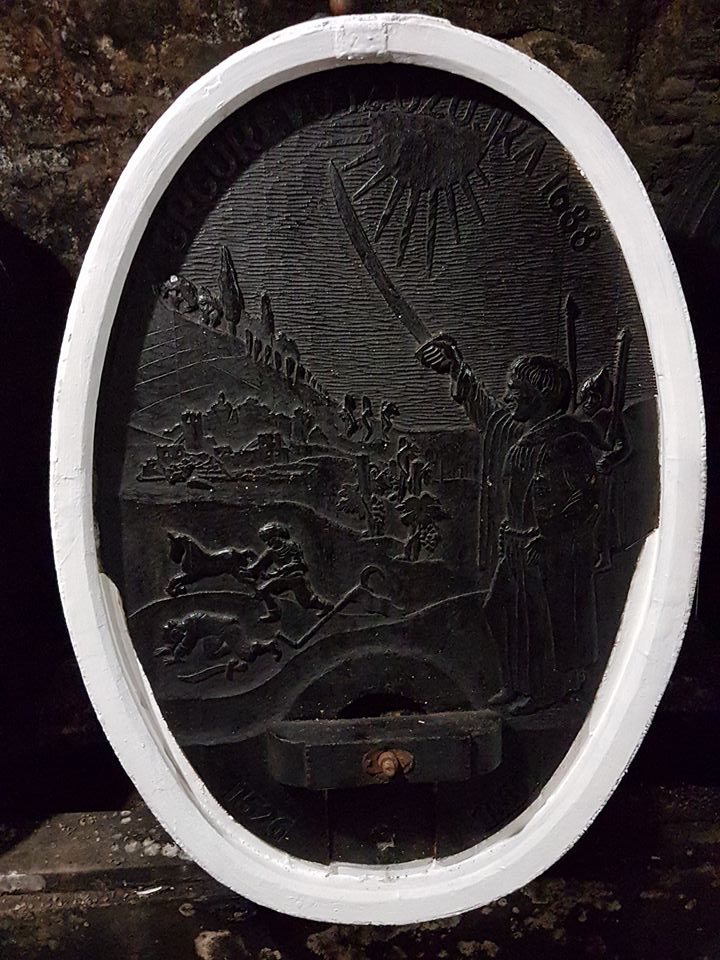
1526 saw the arrival of the Ottoman Turks, who destroyed the vineyards, but thankfully left the famous Kutjevo cellars untouched.
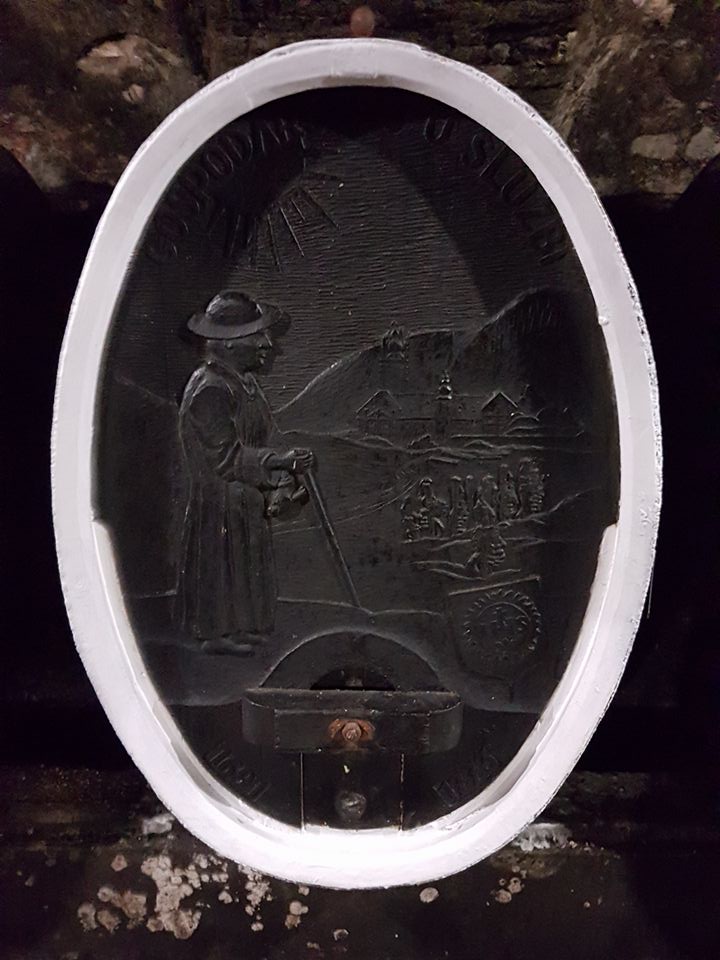
1691 brought the arrival of the Jesuits.
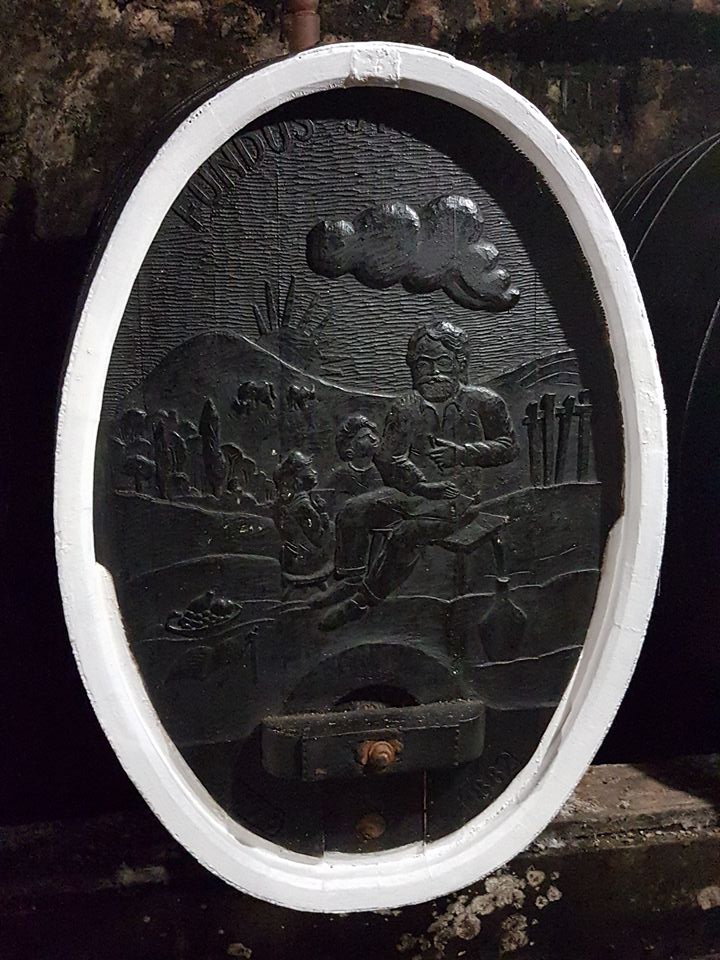
With the explusion of the Jesuits from much of mainland Europe in 1773, the Kujevo estate was taken over by a foundation in Budapest, whose focus was on education. Once again the Kutjevo vineyards began to suffer.
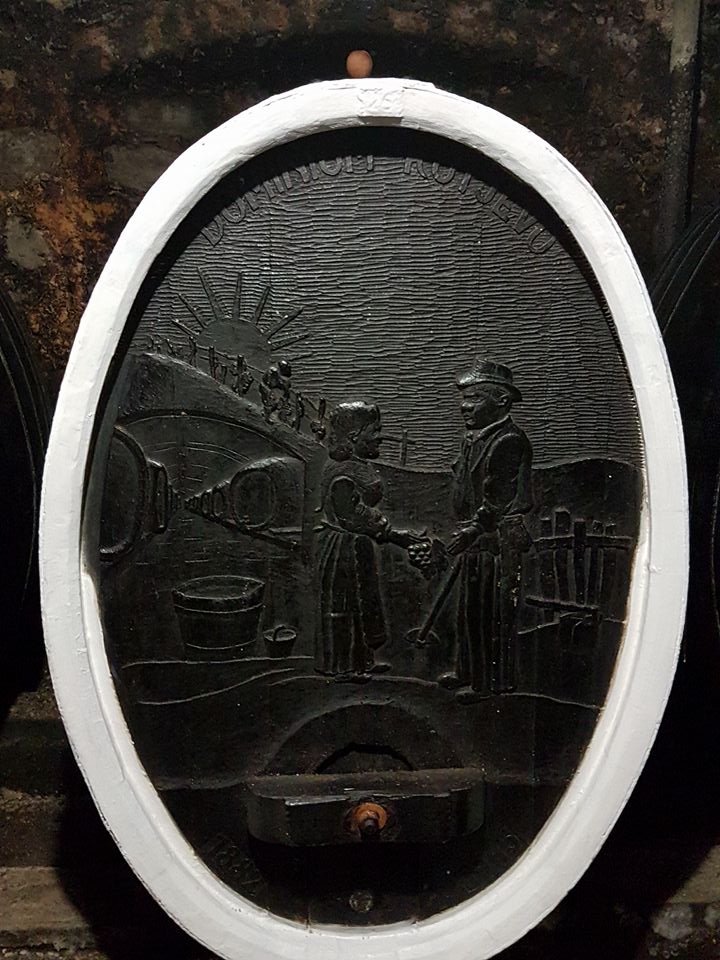
An upturn in Kutjevo’s fortunes occurred in 1882 with the Turkovic family taking over the estate, restoring Kutjevo to its rightful place as a major wine producing region.
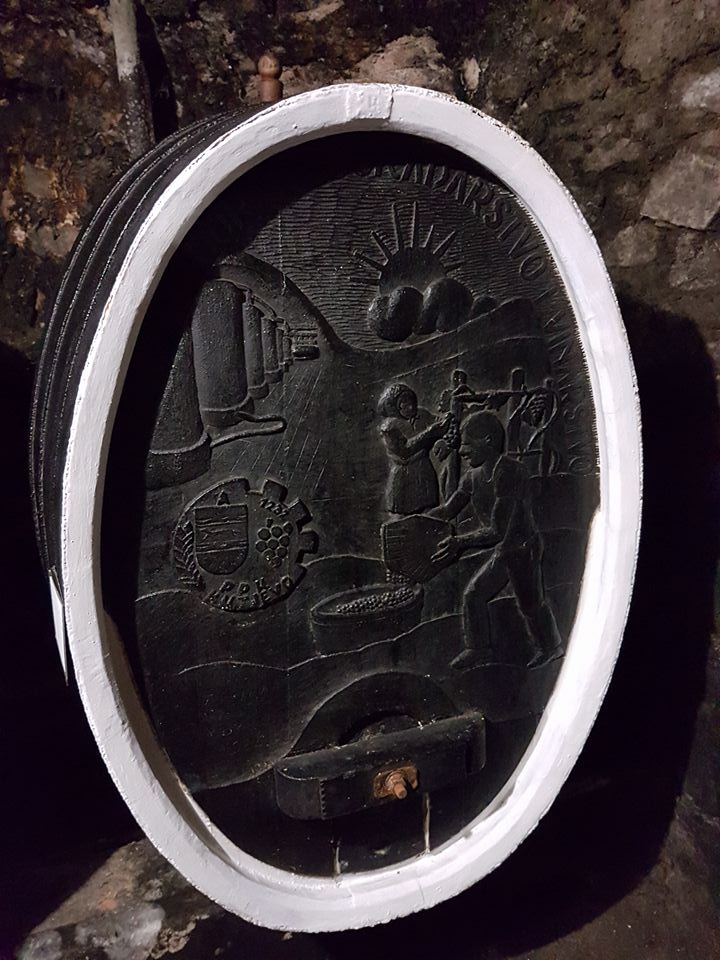
It was a family dynasty which brought wealth to the town, but lasted only until 1945, when the winery and vineyards were taken over by the socialist Yugoslav state.
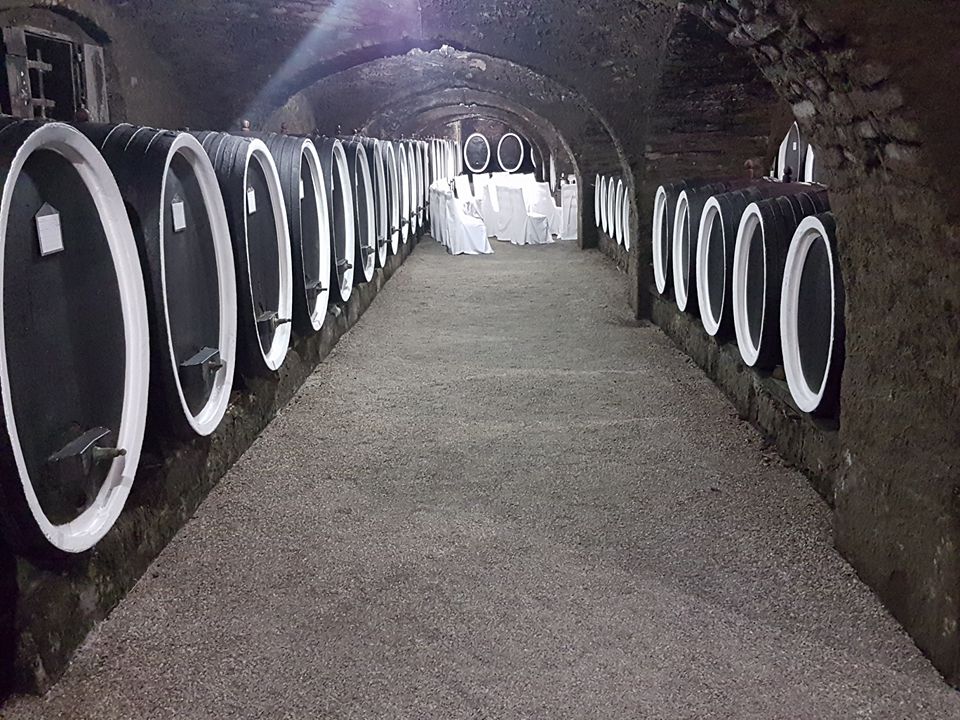
The Kutjevo cellars.
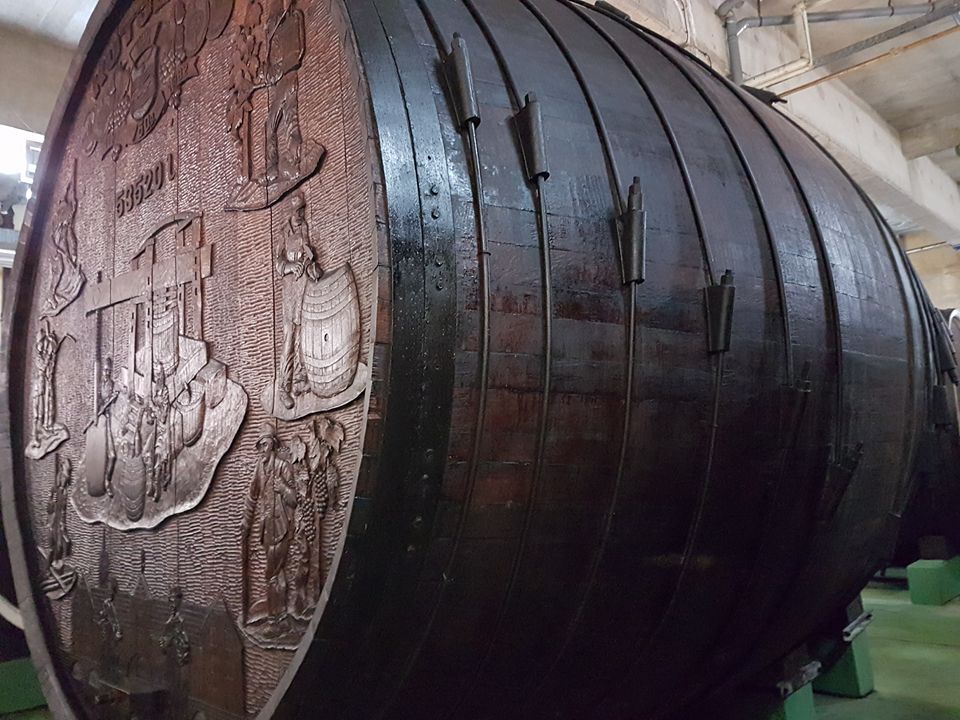
In 1982, on the occasion of the 750th birthday of the town, a giant wine barrel was constructed, capable of holding a staggering 53,520 litres, which makes it apparently the second largest barrel in all Croatia, behind this monster barrel in Erdut. Due to its size, it has to be constantly filled, and as you can see from the sides, the traditional cooperage is somewhat different.
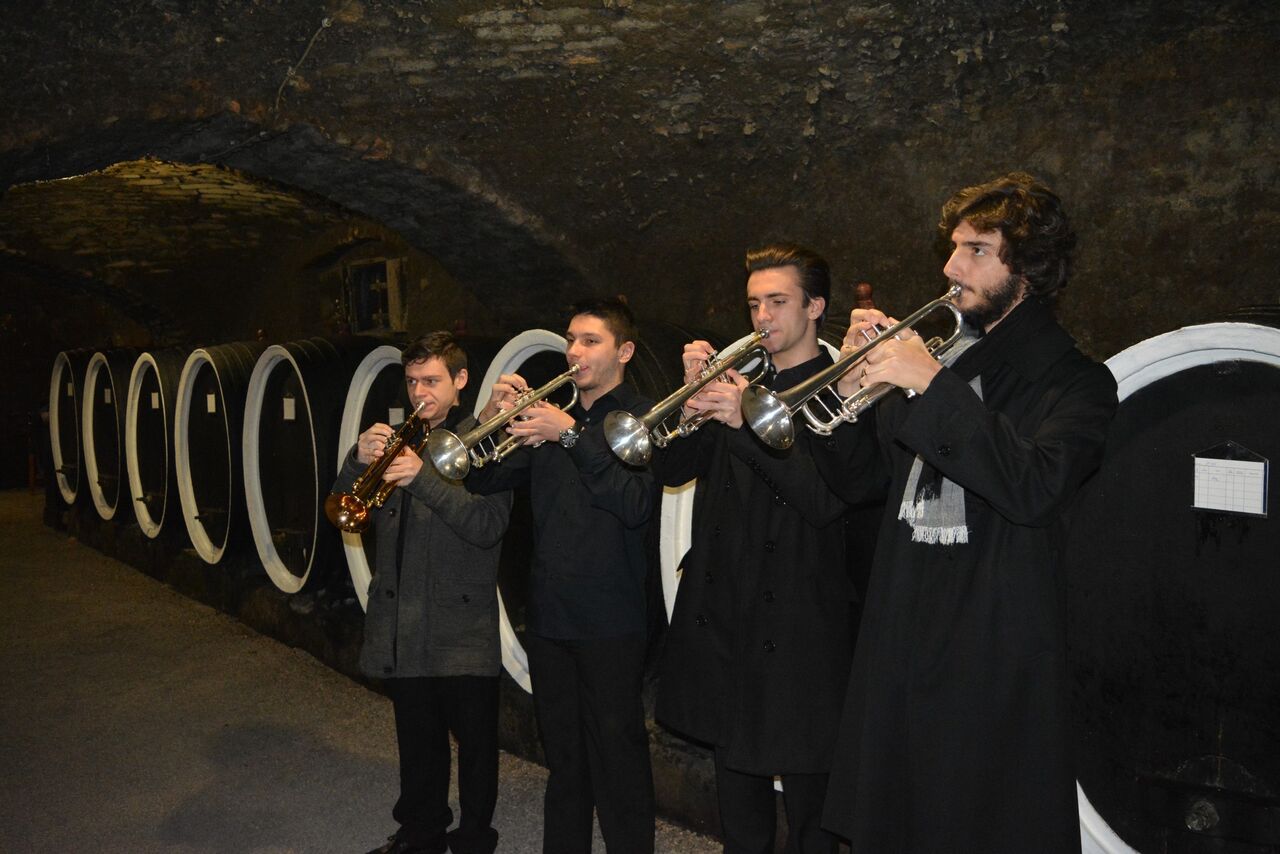
And so to the welcome, with the magical cellars taking on an even more romantic feel.
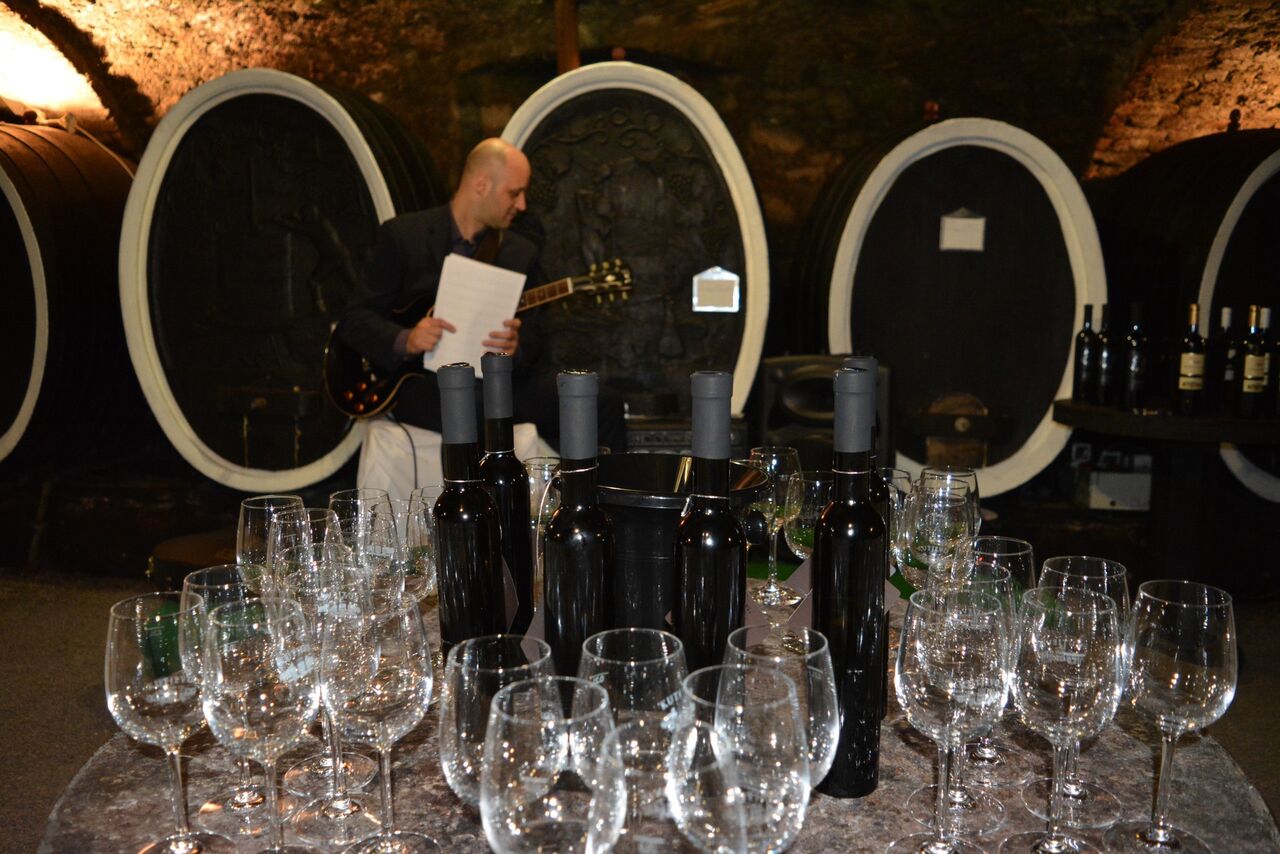
A boutique tasting to the accompaniment of guitar jazz. Divine.
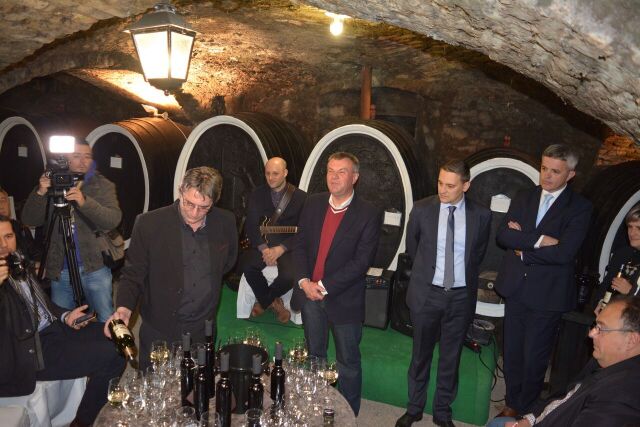
The event was included speeches from the Mayor of Kutjevo, as well as the management and wine experts from the winery. Under new management, one could feel the sense of purpose of the new team to build on and expand the considerable success of the Kutjevo story so far.
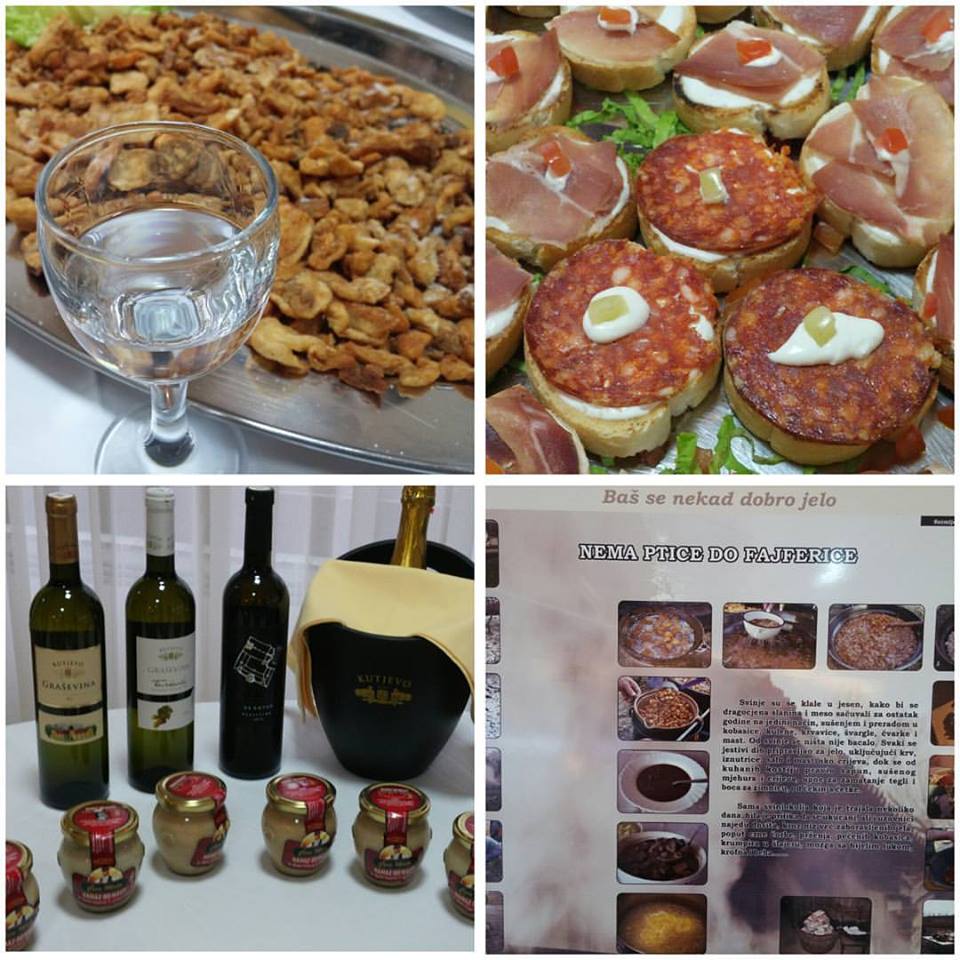
There was. food. In addition to producing wine, Kutjevo produces a wide variety of food products, many of which were available for tasting.
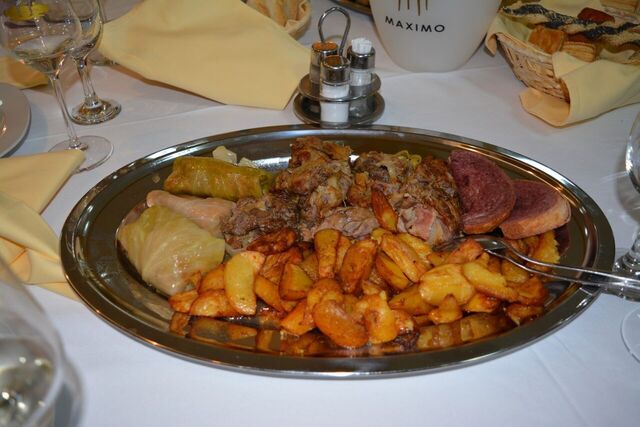
And there was more food to accompany a fine selection of the Kutjevo wine range.
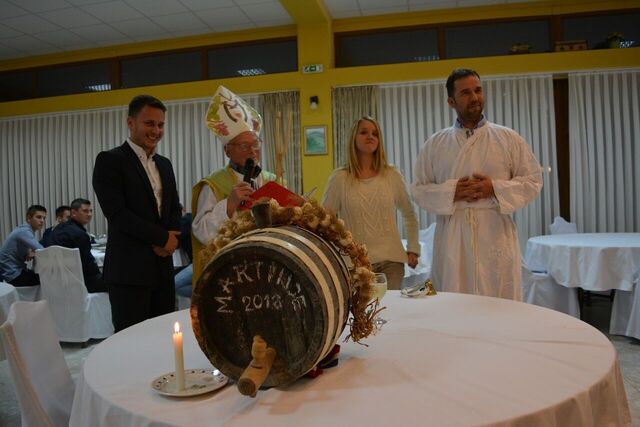
And during the meal, the reason for the gathering, the blessing of the new vintage. And if the early signs from tasting the young 2016 Grasevina are anything to go by, the next vintage of Kutjevo Grasevina is going to be high quality indeed.
While Kutjevo is not on a traditional tourist route, it is not too far from Zagreb (2.5 hours by car), and well worth a visit for the wine enthusiast, and there are several excellent wineries in and around the town, which unlike many Croatian towns famous for their wines, really has a feeling of a wine town, with numerous wine businesses along its main street well sign-posted and ready for visitors.
To learn more about Kutjevo dd, visit their website.
https://www.youtube.com/watch?v=D-WOOQVsaOA





